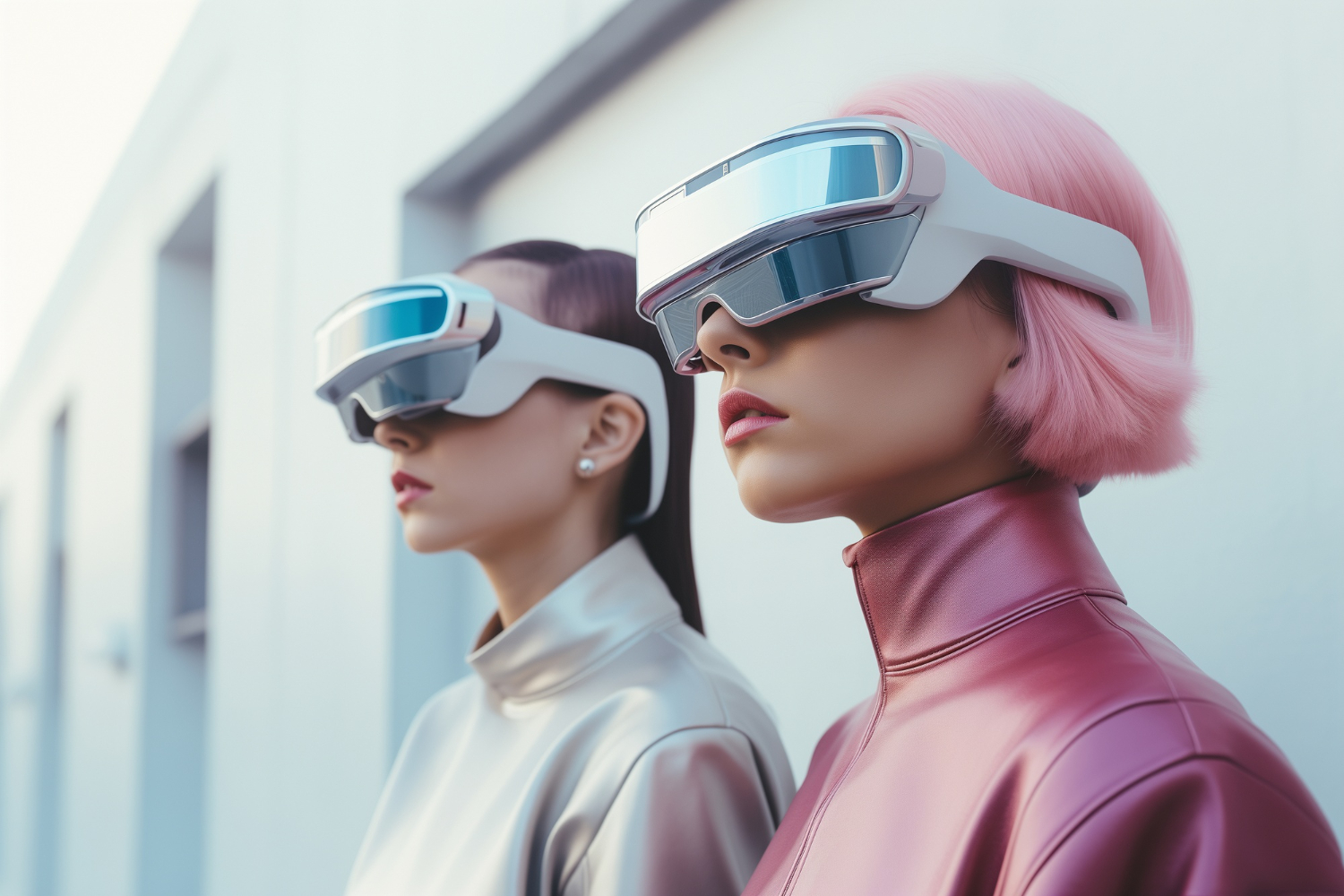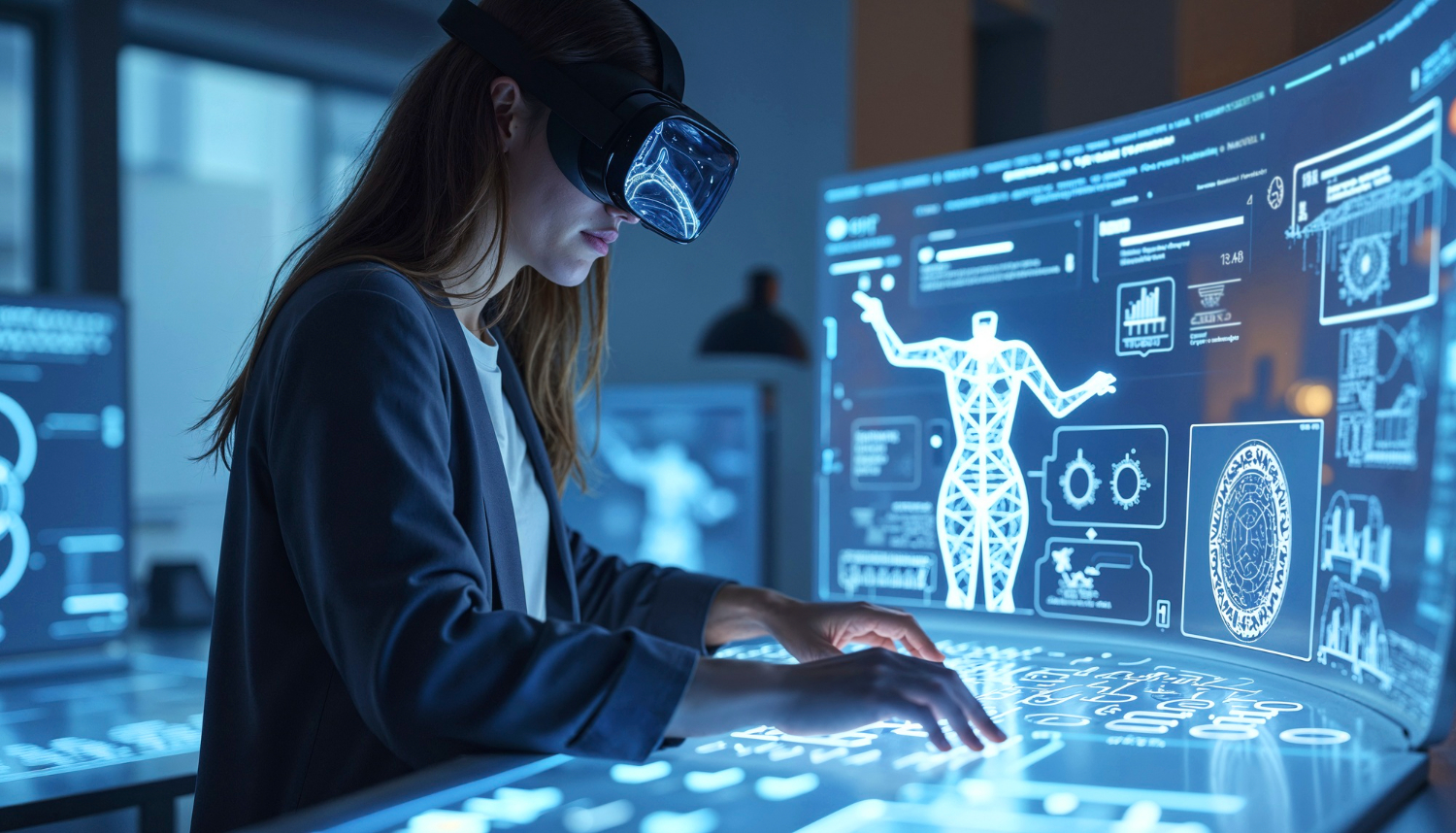Introduction to XR Glasses
XR glasses are becoming a game-changer in the tech world, particularly for gamers. Extended Reality (XR) merges real and virtual environments, providing a more immersive experience for users. These glasses offer a high level of interaction and a new way to engage with gaming consoles like the Nintendo Switch and Steam Deck. The rise of devices like the Xreal Air has made it easier for gamers to take their experiences to the next level.
While XR glasses are still a relatively new technology, the market is quickly expanding, and gaming companies are beginning to notice their potential. XR glasses are not just about playing games; they enhance the entire gaming experience. From clear visuals with micro OLED displays to comfortable features like nose pads, XR glasses bring more convenience and immersion to gaming.
Gaming with XR Glasses
XR glasses have made it possible to enjoy high-quality gaming experiences with devices like the Nintendo Switch and Steam Deck. These handheld consoles are already popular for their versatility, but combining them with XR glasses opens up a whole new level of gaming.
Nintendo Switch and XR Glasses
The Nintendo Switch has been one of the most successful consoles, allowing users to play games on the go or at home. Now, with XR glasses like Xreal Air, users can elevate this experience by turning their small screen into a large virtual display. Imagine playing your favourite Nintendo games in a virtual theatre-sized space without needing a big TV. The combination of XR glasses with the Switch offers a truly portable yet immersive gaming experience.
How Does It Work?
Connecting XR glasses to the Nintendo Switch is straightforward. With a simple HDMI connection or adapter, the glasses mirror the game directly from the console. Games appear on the virtual screen in front of you, allowing for a more immersive experience compared to the standard handheld display. The micro OLED technology ensures that visuals are sharp and vibrant, giving players an upgraded experience in terms of graphics and clarity.
Steam Deck and XR Glasses
The Steam Deck, another popular handheld gaming console, has gained popularity for its ability to run PC games on the go. When paired with XR glasses, users can play their entire PC game library on a virtual screen. The Steam Deck’s powerful hardware combined with the immersive visuals from XR glasses gives gamers the feel of playing on a large monitor, all while being mobile.
Enhanced Gaming Experience
Playing games on the Steam Deck with XR glasses is not just about magnifying the visuals. It’s about providing a more comfortable and immersive experience. The glasses allow for a 360-degree view in some games, enhancing immersion. Plus, features like electrochromic film in the glasses allow for customising the level of tint, helping to reduce glare and make visuals clearer. This is especially useful when playing games in bright environments.
Key Features of XR Glasses
XR glasses offer several features that make them suitable for gaming. They are designed for both comfort and performance, ensuring gamers can play for long periods without discomfort. Below are some key features of XR glasses that enhance the gaming experience.
Micro OLED Displays
The quality of visuals is one of the most important aspects of gaming. XR glasses equipped with micro OLED displays provide crystal-clear imagery with vibrant colours. Micro OLED is more energy-efficient and produces less heat, ensuring the glasses stay comfortable to wear during long gaming sessions.
The high pixel density of micro OLED displays also makes a significant difference. Gamers benefit from sharp images, vivid colours, and smooth gameplay, which is crucial for games with fast action. Whether playing on the Nintendo Switch or the Steam Deck, micro OLED technology ensures that visuals remain impressive.
Comfortable Design with Nose Pads
XR glasses are designed with comfort in mind. Nose pads help distribute the weight of the glasses evenly across the face, reducing the strain on the nose and making it more comfortable to wear the glasses for extended periods. This feature is especially important for gamers, who may spend hours at a time playing. The nose pads also ensure that the glasses stay in place during intense gaming sessions.
Adjustability is another key feature. Many XR glasses allow users to adjust the nose pads and arms for a better fit, ensuring that everyone can use them comfortably.
Customisable Settings with Electrochromic Film
Another unique feature of some XR glasses is the electrochromic film, which allows users to adjust the level of tint on the lenses. This is especially helpful for reducing glare when playing in bright environments or adjusting the brightness of the display to suit personal preferences. This feature ensures that users can enjoy their games without distractions from external light sources.
High Refresh Rates for Smooth Gameplay
A high refresh rate is essential for fast-paced gaming, as it helps reduce motion blur and keeps the action smooth. XR glasses are designed with high refresh rates, ensuring that gamers enjoy seamless, lag-free gameplay. Whether you’re playing a fast-action game or a more relaxed title, the refresh rate ensures the experience is enjoyable.
How XR Glasses Work with Gaming Consoles
Connecting XR glasses to gaming consoles like the Nintendo Switch or Steam Deck is generally easy. Most XR glasses, such as the Xreal Air, connect through HDMI or USB-C, depending on the console’s output. Once connected, the glasses act as an external display, mirroring the game directly in front of the user.
The gaming console’s graphics output is sent to the XR glasses, where the micro OLED displays project the visuals. This allows gamers to experience their games on a much larger, virtual screen without needing an external monitor or TV. The customisable electrochromic film and adjustable nose pads make it even more comfortable to enjoy long gaming sessions.
Xreal Air and Gaming
The Xreal Air is one of the leading XR glasses currently available and is particularly popular among gamers. It combines sleek design with powerful technology, making it ideal for gaming on the Nintendo Switch and Steam Deck. The glasses offer a large virtual screen experience, thanks to micro OLED displays, and have a lightweight design for added comfort.
The Xreal Air supports a variety of gaming consoles and other devices. Its high refresh rate ensures that users can enjoy smooth gameplay, even during fast-paced action. It also includes electrochromic film, allowing users to adjust the tint of the lenses to reduce glare or improve clarity in different lighting conditions.
The Future of XR Glasses in Gaming
As XR glasses continue to develop, their potential in the gaming world will only grow. Devices like the Xreal Air are just the beginning. In the future, XR glasses could feature even better micro OLED displays, higher refresh rates, and improved comfort, making them a staple for gamers worldwide. Integration with other gaming consoles, as well as mobile devices, will also make gaming more accessible and immersive.
We may also see more gaming consoles, like the Nintendo Switch and Steam Deck, optimised for XR glasses. As more games support this technology, XR glasses will provide an entirely new way to experience gaming, blending the physical and virtual worlds more seamlessly than ever before.
How TechnoLynx Can Help
TechnoLynx specialises in developing cutting-edge solutions for emerging technologies like XR glasses. We can help you design, develop, and optimise XR experiences for your gaming products.
Whether you’re a gaming company looking to enhance your products with XR glasses or a developer interested in pushing the boundaries of immersive technology, TechnoLynx can provide the expertise you need. Our team stays up to date with the latest advancements in XR technology, ensuring that our clients benefit from the most advanced solutions available.
Read more: AI transforming the gaming industry
Conclusion
XR glasses are shaping the future of gaming by providing immersive, portable, and customisable experiences. Devices like the Nintendo Switch and Steam Deck are already compatible with XR glasses like the Xreal Air, offering users the chance to experience their games on a larger virtual screen. With key features such as micro OLED displays, electrochromic film, and nose pads for comfort, XR glasses enhance the overall gaming experience.
At TechnoLynx, we understand the potential of XR technology in gaming and are ready to help you bring your gaming projects to life with the latest XR solutions. Whether you’re developing for the Nintendo Switch, Steam Deck, or other platforms, our team can guide you through the process of integrating XR technology for the ultimate gaming experience.
Continue reading: Level Up Your Gaming Experience with AI and AR/VR
Image credits: Freepik













